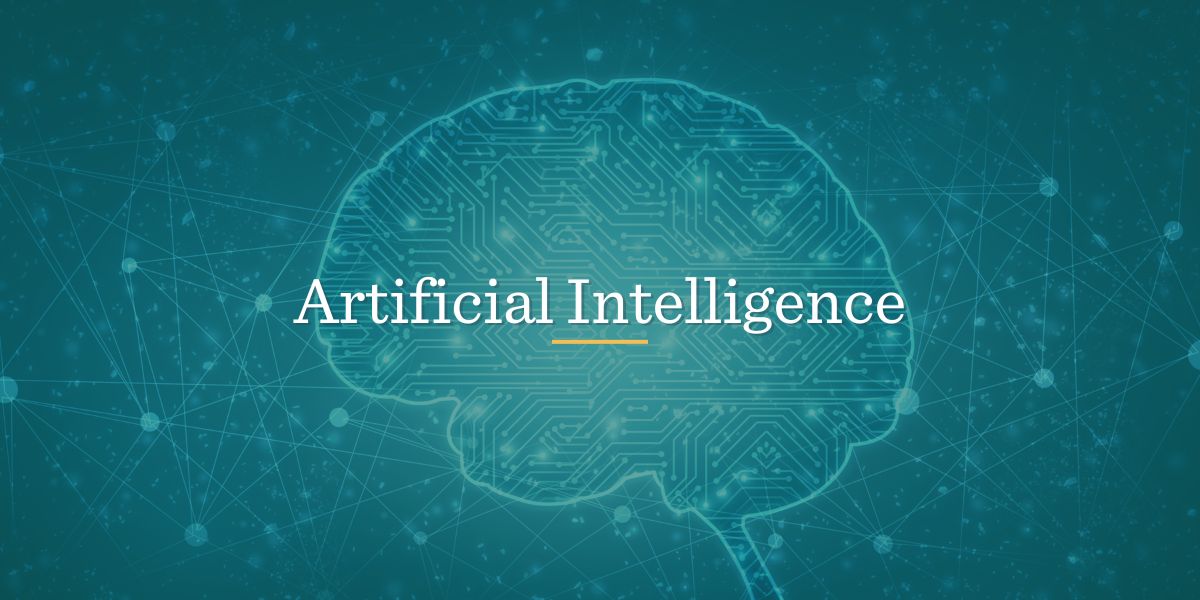
We Zone
Add a review FollowOverview
-
Sectors Second Line IT Support
-
Posted Jobs 0
Company Description
AI is ‘an Energy Hog,’ but DeepSeek Might Change That
Science/
Environment/
Climate.
AI is ‘an energy hog,’ but DeepSeek might change that

DeepSeek declares to utilize far less energy than its rivals, however there are still huge questions about what that means for the environment.
by Justine Calma
DeepSeek surprised everyone last month with the claim that its AI model uses approximately one-tenth the quantity of computing power as Meta’s Llama 3.1 design, upending a whole worldview of just how much energy and resources it’ll require to develop synthetic intelligence.
Trusted, that claim could have tremendous ramifications for the ecological effect of AI. Tech giants are rushing to build out enormous AI data centers, with plans for some to use as much electricity as small cities. Generating that much electrical power develops contamination, raising worries about how the physical facilities undergirding brand-new generative AI tools might worsen climate modification and worsen air quality.
Reducing how much energy it takes to train and run generative AI designs could relieve much of that tension. But it’s still too early to evaluate whether DeepSeek will be a game-changer when it comes to AI‘s environmental footprint. Much will depend upon how other significant players react to the Chinese start-up’s advancements, especially thinking about strategies to develop brand-new information centers.
” There’s a choice in the matter.”
” It simply shows that AI does not need to be an energy hog,” says Madalsa Singh, a postdoctoral research study fellow at the University of California, Santa Barbara who studies energy systems. “There’s an option in the matter.”
The difficulty around DeepSeek began with the release of its V3 model in December, which only cost $5.6 million for its final training run and 2.78 million GPU hours to train on Nvidia’s older H800 chips, according to a technical report from the company. For contrast, Meta’s Llama 3.1 405B model – despite using newer, more effective H100 chips – took about 30.8 million GPU hours to train. (We don’t know specific costs, however approximates for Llama 3.1 405B have been around $60 million and between $100 million and $1 billion for equivalent models.)
Then DeepSeek launched its R1 design last week, which investor Marc Andreessen called “a profound gift to the world.” The business’s AI assistant quickly shot to the top of Apple’s and Google’s app stores. And on Monday, it sent competitors’ stock costs into a nosedive on the presumption DeepSeek was able to create an alternative to Llama, Gemini, and ChatGPT for a fraction of the budget plan. Nvidia, whose chips make it possible for all these innovations, saw its stock cost plummet on news that DeepSeek’s V3 only needed 2,000 chips to train, compared to the 16,000 chips or more required by its competitors.
DeepSeek says it was able to minimize how much electrical power it consumes by utilizing more effective training techniques. In technical terms, it utilizes an auxiliary-loss-free technique. Singh states it comes down to being more selective with which parts of the model are trained; you do not have to train the entire model at the same time. If you think of the AI model as a huge client service firm with lots of professionals, Singh says, it’s more selective in selecting which professionals to tap.
The design likewise saves energy when it concerns reasoning, which is when the model is really tasked to do something, through what’s called crucial worth caching and compression. If you’re writing a story that needs research study, you can consider this technique as similar to being able to reference index cards with top-level summaries as you’re composing instead of having to check out the entire report that’s been summed up, Singh discusses.
What Singh is specifically positive about is that DeepSeek’s models are mainly open source, minus the training data. With this approach, scientists can gain from each other faster, and it unlocks for smaller players to go into the industry. It also sets a precedent for more transparency and accountability so that financiers and consumers can be more vital of what resources enter into developing a design.
There is a double-edged sword to think about
” If we’ve shown that these innovative AI capabilities do not need such enormous resource consumption, it will open a bit more breathing room for more sustainable infrastructure preparation,” Singh says. “This can likewise incentivize these developed AI labs today, like Open AI, Anthropic, Google Gemini, towards establishing more efficient algorithms and methods and move beyond sort of a strength method of just adding more data and calculating power onto these designs.”

To be sure, there’s still suspicion around DeepSeek. “We’ve done some digging on DeepSeek, however it’s hard to find any concrete truths about the program’s energy intake,” Carlos Torres Diaz, head of power research at Rystad Energy, stated in an e-mail.

If what the company claims about its energy use is real, that might slash an information center’s total energy intake, Torres Diaz composes. And while huge tech companies have signed a flurry of offers to acquire renewable resource, skyrocketing electrical power need from information centers still risks siphoning limited solar and wind resources from power grids. Reducing AI‘s electricity consumption “would in turn make more renewable resource offered for other sectors, helping displace much faster the usage of fossil fuels,” according to Torres Diaz. “Overall, less power need from any sector is useful for the international energy transition as less fossil-fueled power generation would be needed in the long-term.”
There is a double-edged sword to think about with more energy-efficient AI designs. Microsoft CEO Satya Nadella wrote on X about Jevons paradox, in which the more efficient a technology ends up being, the most likely it is to be used. The ecological damage grows as an outcome of efficiency gains.
” The question is, gee, if we might drop the energy usage of AI by a factor of 100 does that mean that there ‘d be 1,000 data suppliers being available in and saying, ‘Wow, this is terrific. We’re going to build, build, build 1,000 times as much even as we prepared’?” states Philip Krein, research professor of electrical and computer engineering at the University of Illinois Urbana-Champaign. “It’ll be an actually intriguing thing over the next 10 years to watch.” Torres Diaz likewise said that this concern makes it too early to modify power consumption projections “significantly down.”
No matter just how much electrical power a data center uses, it is necessary to look at where that electricity is originating from to understand how much pollution it produces. China still gets more than 60 percent of its electrical energy from coal, and another 3 percent originates from gas. The US likewise gets about 60 percent of its electrical energy from fossil fuels, however a bulk of that comes from gas – which creates less co2 pollution when burned than coal.
To make things even worse, energy business are postponing the retirement of nonrenewable fuel source power plants in the US in part to fulfill increasing demand from information centers. Some are even preparing to develop out new gas plants. more fossil fuels undoubtedly leads to more of the pollution that triggers climate change, in addition to local air pollutants that raise health dangers to nearby neighborhoods. Data centers likewise guzzle up a lot of water to keep hardware from overheating, which can result in more stress in drought-prone areas.
Those are all issues that AI designers can lessen by limiting energy use in general. Traditional information centers have actually had the ability to do so in the past. Despite work nearly tripling between 2015 and 2019, power need managed to remain reasonably flat during that time duration, according to Goldman Sachs Research. Data centers then grew a lot more power-hungry around 2020 with advances in AI. They took in more than 4 percent of electrical energy in the US in 2023, and that could nearly triple to around 12 percent by 2028, according to a December report from the Lawrence Berkeley National Laboratory. There’s more unpredictability about those sort of forecasts now, however calling any shots based upon DeepSeek at this point is still a shot in the dark.


